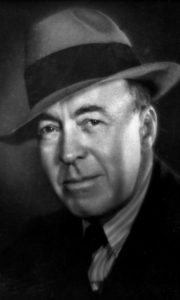
It is interesting that while many artists and writers have children, few of those children follow in their footsteps. There have been a few comic strips continued by the sons and daughters of the creators, and not much else. At most you’ll have the children perhaps manage the estate of their parents.
An interesting example of this in the pulp world is found with the children of Edgar Rice Burroughs. He had three: Joan, Hulbert, and John Coleman.
Joan would marry one of the early actors for Tarzan, and she played Jane in a Tarzan radio show. Hulbert, as far as I know, pursued other matters, but apparently did get involved with helping with the business side of Edgar Rice Burroughs Inc. John Coleman got involved in his father’s work, but in a unique way.
John Coleman was mainly an artist, of both paint and pen & ink. And a large amount of his artwork was illustrating his father’s works in the pulps and books. He did other related work. He did a John Carter Sunday strip (since reprinted), and a Pellucidar comic book feature (as far as I know never reprinted).
He also did some writing. And, strangely, it was all in a short period in the 1940s.
He wrote a John Carter story, “John Carter of Mars,” that was first published as a Better Little Book, but under his father’s byline. It was later expanded (not sure by whom) and re-published in Amazing Stories as “John Carter and the Giant of Mars.” Under this name it was included in the final John Carter book: John Carter of Mars, along with another story by Burroughs himself. But that seems to be the extent of writing within his father’s universe.
He did other writing. With others he wrote a four other stories. These have all been collected by Pulpville Press as The Bottom of the World and Other Stories.
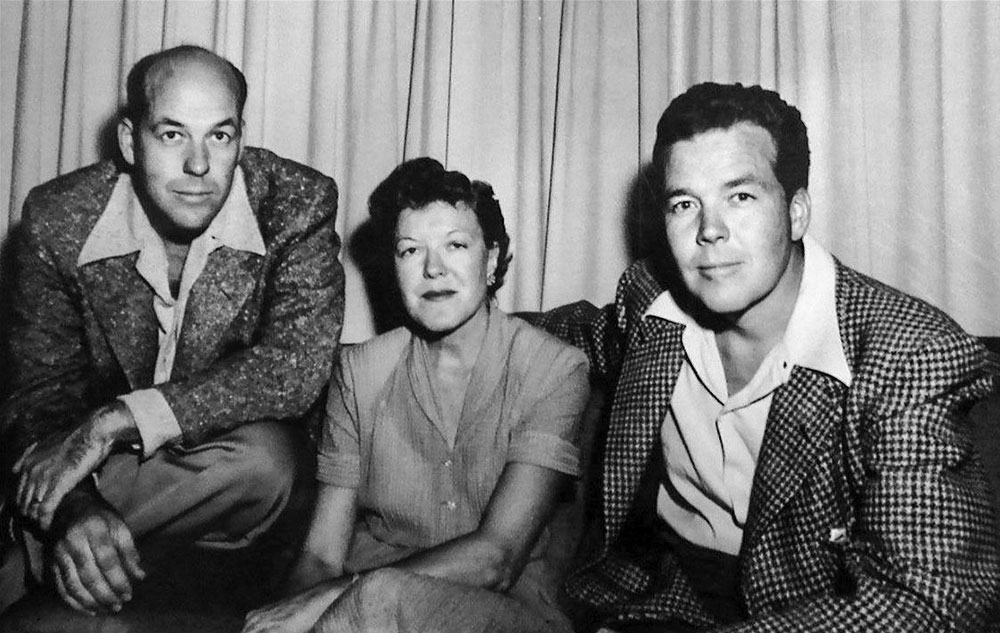
With his wife, Jane, he wrote “The Hybrid of Horror” that appeared in Thrilling Mystery in 1940. This concerns an artist who is asked to repair or restore a horrible statue and is pulled into the mystery of a horrifying family. Frankly, I think this story would have been more appropriate for Weird Tales.
With his brother, Hulbert, John Coleman wrote three other works. Two are connected novelettes. “The Man Without a World” and “The Lightning Men” appeared in Thrilling Wonder Stories in 1939 and 1940. They concern the last survivors of Earth who have been traveling on a generation ship to escape a sun that was dying, fleeing to Sirius. The first is about the final commander of the ship as he brings the ark to Sirius, at a cost of his life. The second deals with his son working to make a place on the planet for humanity.
The other is the novel “The Bottom of the World” from Startling Stories in 1941. (the cover of this is used for the Pulpville Press collection.) It concerns the discovery of an ancient aquatic offshoot of mankind that lives at the bottom of the Pacific Ocean. An evil scientist of that race who has overthrown the ruler teams up with a human scientist to come up with a way to grant immortality and youth to both races, but at a high price as the Aquarians bring human captives down to the bottom of the sea. Can the young hero of the story put an end to this and save humanity? John Coleman even illustrated this story, and the artwork is included in the recent reprint, which is a nice bonus.
By himself, John Coleman wrote another novel, but strangely it wouldn’t be published until the 1960s as Treasure of the Black Falcon. Interestingly (or weirdly), this one is also set at the bottom of the ocean, as a group of salvagers looking for a lost ship are pulling into a strange sunken world with an unusual and potentially dangerous race of beings.
I thought it interesting that both these tales are set at the bottom of the sea, a location that I don’t think Burroughs ever used. It’s almost like John Coleman wanted to avoid familiar ground.
In looking into John Coleman, I learned he was working on another idea about a character named Dalton Doring, and was apparently working with John Eric Holmes (who had done the authorized Pellucidar novels). But the book was never finished, and I assume this was around the time John Coleman passed away. I wonder if that contributed to ERB Inc. blocking the next Pellucidar novel Holmes wrote. As best I can gather from the John Coleman tribute site, the Dalton Doring idea started as a possible movie (or animated movie) of the character, which is set in the world of insects. Sort of like the idea of Honey, I Shrunk the Kids or the like. Oh, and Dalton also happens to be the name of John Coleman’s son.
While I haven’t read the Treasure of the Black Falcon, I’ve read the other works. Check them out. I wonder if Black Falcon might ever be reprinted? Or will what has been done for Dalton Doring completed? As I’ve noted, ERB Inc. now seems to be more open to allowing others to expand the worlds created by ERB, now with new novels set in the worlds of “beyond the farthest star” and the Moon Men. Why limit it to just that?

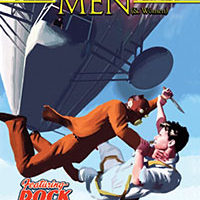
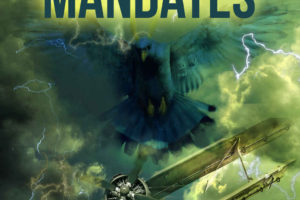
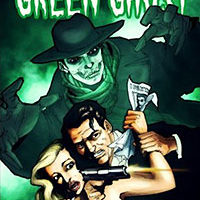
Your comments